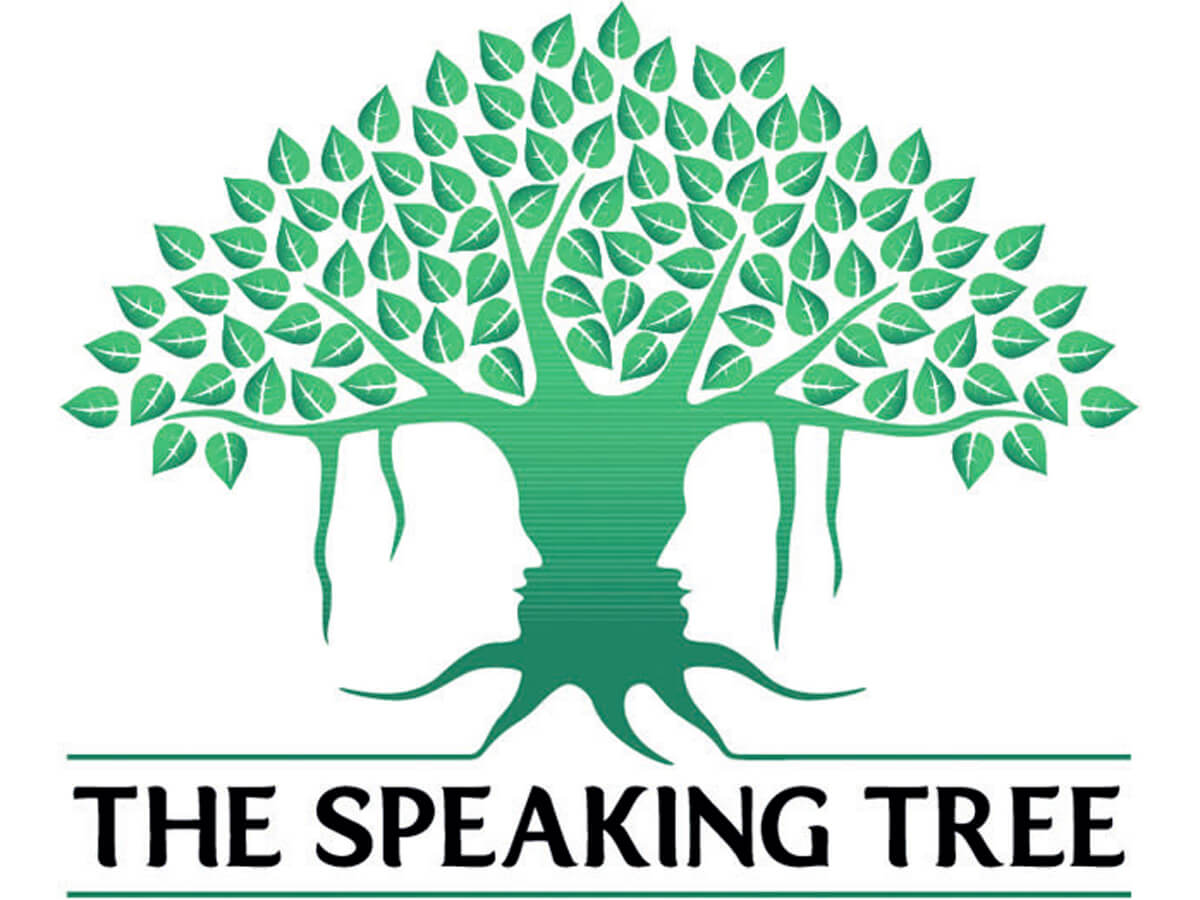In Hindu philosophy, as expounded in the Upanishads and the Bhagwad Gita, vasanas are an inherent part of human personality. Derived from the Sanskrit root vas, meaning to dwell, vasanas are subtle impressions and tendencies that shape our desires, actions and thoughts. The Chandogya Upanishad emphasises that ‘As is one’s desire, so is one’s will; as is one’s will, so is one’s deed; as is one’s deed, so is one’s destiny.’This highlights the cycle of karma and the pivotal role vasanas play in shaping our destiny. In the Gita, Krishn elaborates on the nature of vasanas. He explains that these latent impressions lie at the core of our psyche, beyond the conscious reach of mind, intellect and body. In chapter 15, Krishn states, ‘The living entities in this conditioned world are My eternal fragmental parts, which include the mind, thought and intellect.’
Vasanas are considered the primeval source of our impulses. They enliven the mind to feel, the body to act and the intellect to think. Without vasanas, the mind would be devoid of motivation, the body inert and the intellect barren. The Katha Upanishad uses the metaphor of a chariot wherein ‘the body is the chariot, the mind the reins, the intellect the charioteer, and the self, influenced by vasanas, the rider’.
One can achieve liberation by recognising and purifying deep- seated tendencies through disciplines such as meditation – the ultimate goal of human existence. Ultimately, ‘Your mind is a garden, your thoughts are the seeds. You can grow flowers or the weeds,’ depending upon your vasanas.
Related posts:
Opinion | America Is an Empire in Decline. That Doesn’t Mean It Has to Fall.
Opinion | Giorgio Agamben, the Philosopher Trying to Explain the Coronavirus
Opinion | Israel’s Rafah Incursion Helps No One Except Netanyahu
Why 'anxious vigilance' will only make company managers more trustworthy to shareholders
Soaking up the discreet charm of hotel laid back
Japanese GP: 'Kiss to Light' Trophy Equipped With Cutting Edge Technology to Make Debut
Opinion | Voter Suppression Is Grand Larceny
India is using its vibrant democracy, free speech and freedom of press to humiliate China....
Opinion | I Was a Child Refugee. Another War in Ethiopia Is Forcing More Children Into the...
Opinion | Trump Sics the G.O.P. on the F.B.I.

